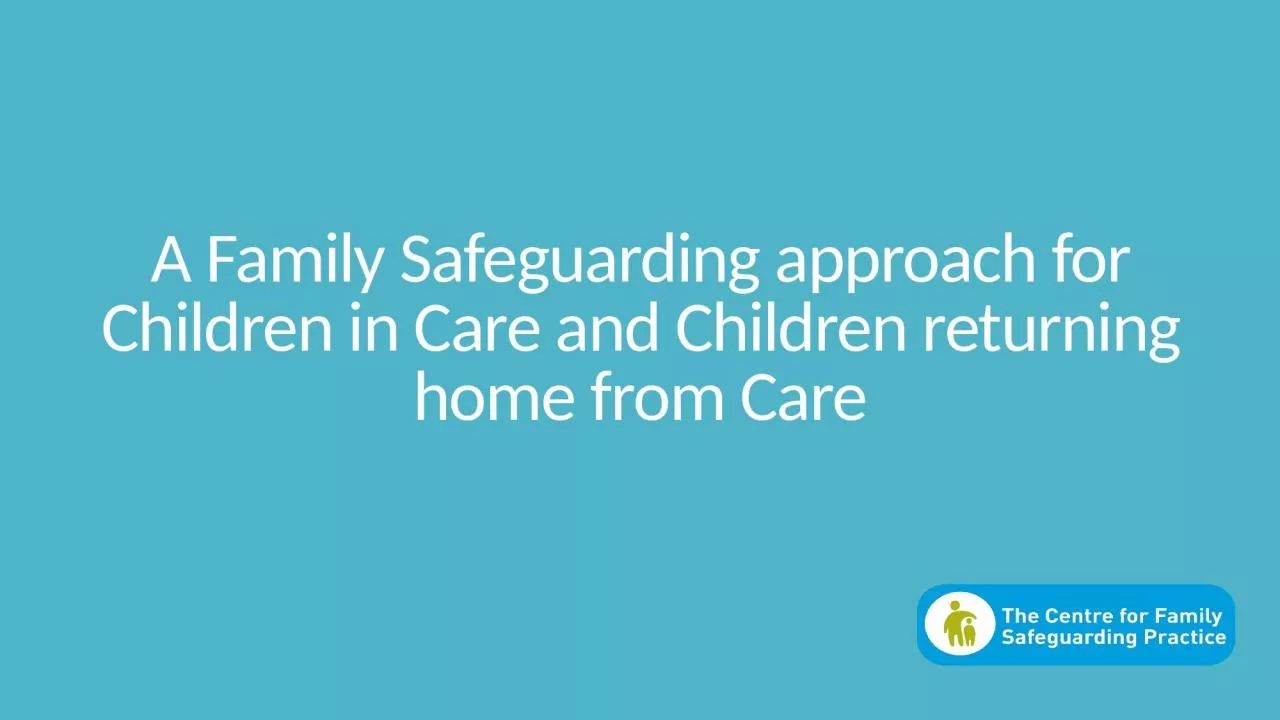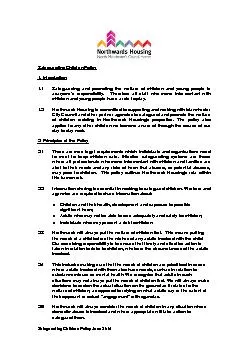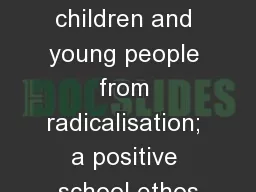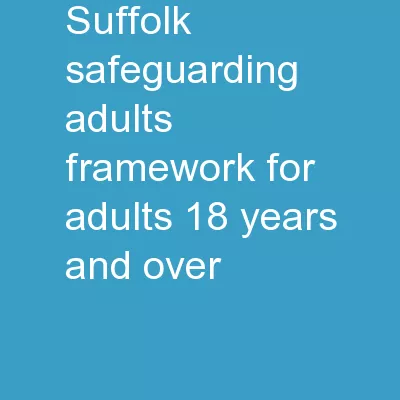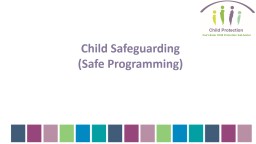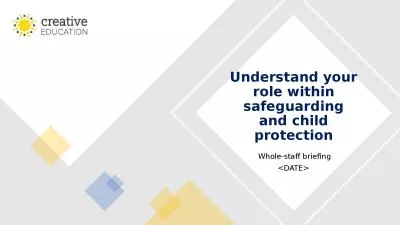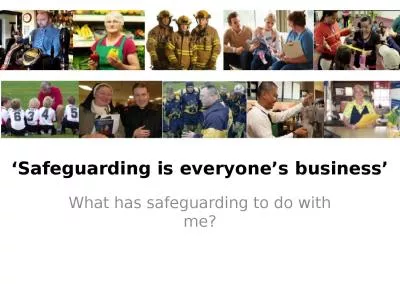PPT-A Family Safeguarding approach for Children in Care and Children returning home from Care
Author : brown | Published Date : 2024-03-13
Agenda Need for change Vision and values underpinning Family Safeguarding Duties in Law Children and Family Rights Exploring implications for practice Language
Presentation Embed Code
Download Presentation
Download Presentation The PPT/PDF document "A Family Safeguarding approach for Child..." is the property of its rightful owner. Permission is granted to download and print the materials on this website for personal, non-commercial use only, and to display it on your personal computer provided you do not modify the materials and that you retain all copyright notices contained in the materials. By downloading content from our website, you accept the terms of this agreement.
A Family Safeguarding approach for Children in Care and Children returning home from Care: Transcript
Download Rules Of Document
"A Family Safeguarding approach for Children in Care and Children returning home from Care"The content belongs to its owner. You may download and print it for personal use, without modification, and keep all copyright notices. By downloading, you agree to these terms.
Related Documents

